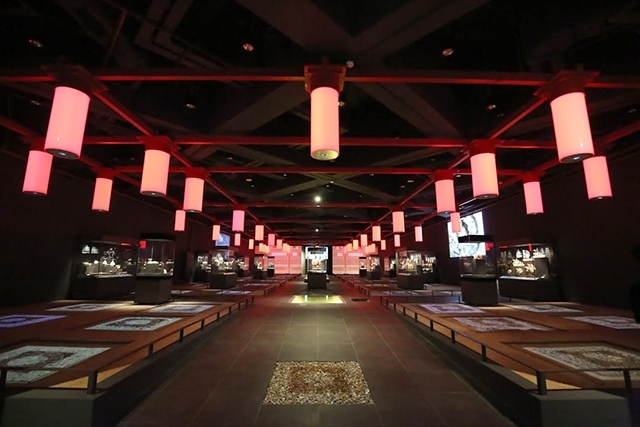Over 400 artifacts and almost 10 relics, restored with 3D technology, reflecting the history of 1,300 years of continuous development of Viet Nam, through periods of Dai La, Dinh, Ly, Tran, Le, are on show at the National Assembly (NA) House’s two basement levels.
Covering an area of 3,700 m2 in the NA’s two basement levels, the exhibits are displayed in an archaeological stratigraphic principle (chronological order). Highlights and historical stories featured in each display detail the cultural value of the heritage during that period of time.
 The works on display at the 2,000m2 second level basement date back to the early Thang Long period, in the seventh to ninth century  The walkway for visitors was designed in the centre of the exhibition space room  Visitors feel as though they are standing in the middle of an excavation site as they discover the vestiges of 17 wooden architectures, seven water-wells and many relics and daily utensils from the Dai La period, or the Dinh – Pre Le dynasty period
|
Nhan Dan





